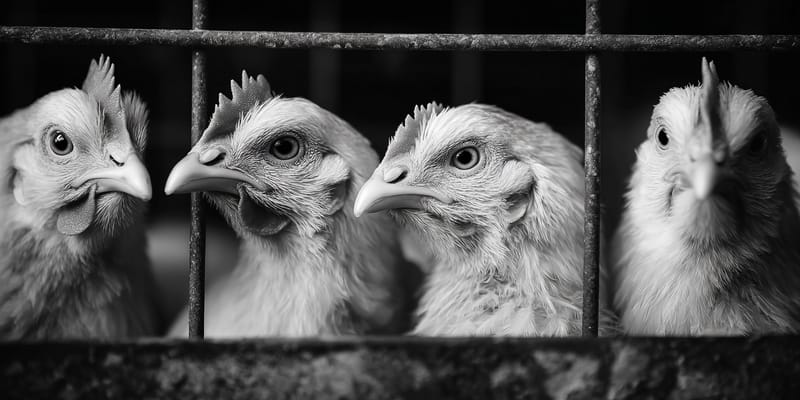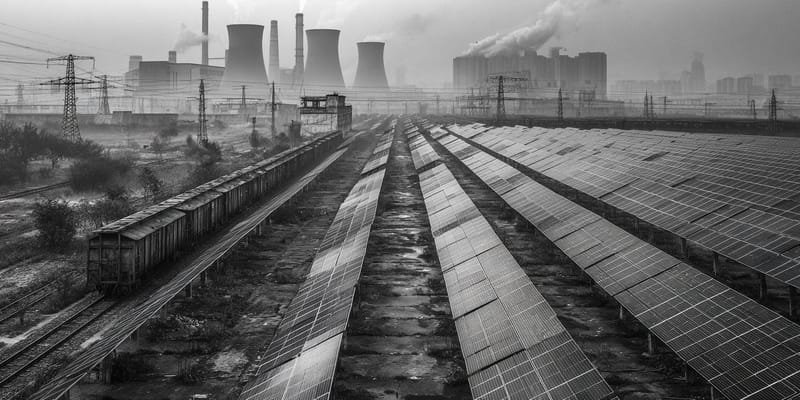Brazilian Farmers Expand Soybean Production as China Stops US Imports

Brazilian farmer Andrey Rodrigues changed his planting plans two months ago. He now expects to harvest more soybeans for next year. According to ABC News, what drives him and fellow Brazilian farmers is the trade war between the Trump administration and China. This conflict shut American soybeans out of the Chinese market.
China stopped importing soybeans from the United States in September 2025. This marks the first time since November 2018 that no American soybeans entered China. Chinese customs data confirms zero purchases during that month. Trading companies in Brazil received clear signals over the past two months. They told farmers China will buy all available Brazilian soybeans.
The American Soybean Association reports that tariffs on US soybeans now total 34 percent in 2025. China's retaliatory tariffs combined with other taxes pushed the price of American soybeans above Brazilian supplies. Brazil's Agriculture Ministry projected the next harvest will reach almost 178 million metric tons. This represents a 3.6 percent increase compared to this year's production.
Market Share Shift Continues
Brazilian soybeans already dominated Chinese imports before the current dispute. Fastmarkets notes that Brazil accounted for 65 percent of China's soybean imports in the first half of 2025. The United States held just 21 percent of China's purchases last year. Between January and August 2025, China imported 77 million metric tons from Brazil. During the same period, American exports to China reached only 17 million metric tons.
American farmers face direct consequences from lost Chinese demand. Normally, about 40 percent of expected sales to China would be committed by this point in the harvest. The absence of Chinese orders creates unprecedented gaps in demand. US farmers must now seek alternative buyers in countries like South Korea and the Philippines. They also need to expand domestic uses for soybeans, including biodiesel production.
Brazilian farmers like Rodrigues see clear opportunities from this situation. He chairs the soybean farmers association in Sao Paulo state. His Morada do Sol farm in Santa Cruz do Rio Pardo will increase production. Chinese buyers actively seek Brazilian producers through local trading companies. Brazil exported approximately 15.7 million tons in March 2025 alone. Three-quarters of that volume went to China.
Reshaping Global Soybean Trade
The current trade tensions accelerate existing trends in global agriculture markets. Farmdoc Daily reports that Brazil overtook the United States as the top soybean exporter in 2013. Since then, Brazilian production surged by 40 percent. The country jumped from 4.5 billion bushels in 2017 to 6.3 billion bushels in 2024. Total soybean exports from Brazil reached 3.63 billion bushels last year.
South American producers plan further expansion to meet Chinese demand. Brazil expects to plant an additional 1.7 million hectares this season. Argentina and Paraguay also increase acreage to capture market share. Combined production from these three countries could reach 232 million tons. This expansion potentially floods global markets and pressures prices downward.
Livio Ribeiro from consultancy BRCG offers perspective on China's strategy. He describes the shift to Brazilian soybeans as retaliation against Washington. China uses alternative suppliers Brazil and Argentina for leverage in trade negotiations. Brazil holds advantages over Argentina because President Lula maintains better relations with Beijing. Argentine President Javier Milei aligns more closely with the Trump administration.
The long-term outlook suggests permanent changes in trade flows. American farmers lost their primary customer and must adapt to fragmented buyer networks. Brazil positioned itself as China's preferred supplier with ample land for expansion. The country retains another 70 million cerrado acres available for soybean cultivation. Chinese buyers prioritize price above other considerations when sourcing agricultural commodities.
Further Reading
For deeper insights into global agricultural trade patterns and regulatory frameworks affecting commodity markets, our Alternative Financial Systems Index tracks adoption metrics and policy developments across 50 countries. The index provides data on how trade disputes reshape international supply chains.









